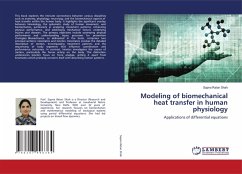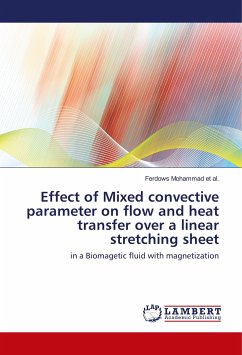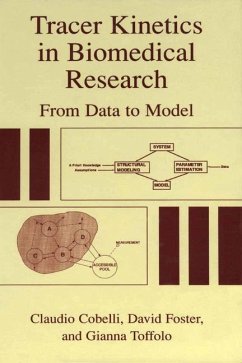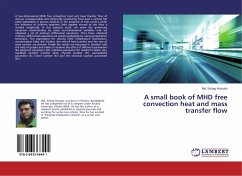
Modeling of biomechanical heat transfer in human physiology
Applications of differential equations
Versandkostenfrei!
Versandfertig in 6-10 Tagen
45,99 €
inkl. MwSt.

PAYBACK Punkte
23 °P sammeln!
This book explores the intricate connections between various disciplines such as anatomy, physiology, neurology, and the biomechanical aspects of heat transfer within the human body. It highlights the significant overlap between kinesiology, the systematic study of human movement, and biomechanics, particularly in analyzing movement patterns, enhancing physical performance, and addressing mechanical factors underlying injuries and diseases. The primary objectives include optimizing physical performance and understanding injury processes for prevention strategies. Biomechanics, as delineated in...
This book explores the intricate connections between various disciplines such as anatomy, physiology, neurology, and the biomechanical aspects of heat transfer within the human body. It highlights the significant overlap between kinesiology, the systematic study of human movement, and biomechanics, particularly in analyzing movement patterns, enhancing physical performance, and addressing mechanical factors underlying injuries and diseases. The primary objectives include optimizing physical performance and understanding injury processes for prevention strategies. Biomechanics, as delineated in the book, comprises two principal sections: kinematics and kinetics. Kinematics involves the detailed description of motion, encompassing movement patterns and the sequencing of body segments that influence coordination and performance outcomes. In contrast, kinetics investigates the causes of motion, particularly the forces acting on the body. This distinction underscores kinetics' focus on force analysis, setting it apart from kinematics which primarily concerns itself with describing motion patterns.














